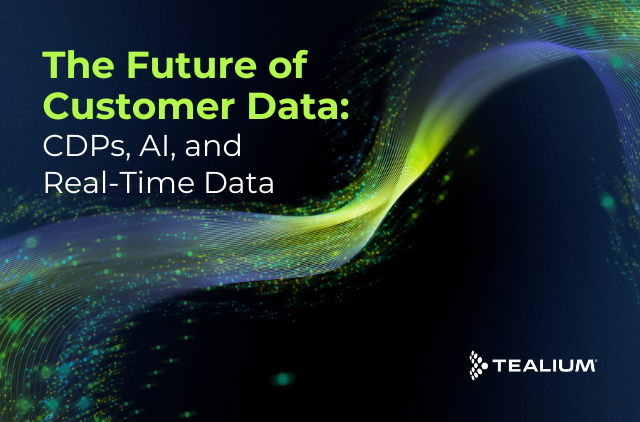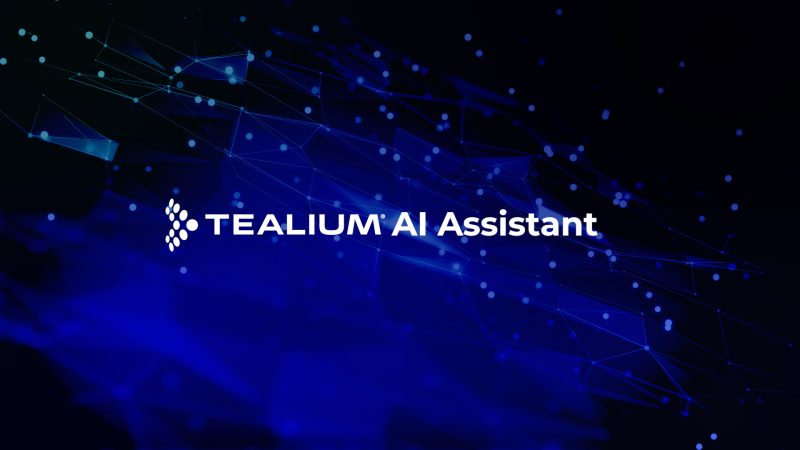Artificial intelligence and machine learning are in a weird place: on the one hand, companies know they need to make machine learning insights part of their CX strategy. 83% of IT leaders say AI & ML is transforming customer engagement, and 69% say it is transforming their business, according to Salesforce. As a result, businesses are investing heavily in machine learning applications, with $28.5B spent on them in Q1 2019 alone.
But on the other hand, there are challenges to overcome, especially when it comes to translating machine learning insights to marketing and CX action. Marketing Insider Group identified six main challenges facing machine learning. Companies are seeing a lack of quality ML-ready data, even though companies have more data today than ever before. (Read our tips for getting your data ready for machine learning!)
On top of that, companies don’t have the budget or the talent to run full AI/ML teams. Most in-house AI projects require “complex software and high-performance hardware, which is expensive to deploy and maintain.” But more affordable versions of the technology are making machine learning more affordable for companies by reducing these overhead costs.
Machine learning applications will play a big role for marketers in the future as they try to make customer experiences more personalized and deliver those experiences while maximizing marketing spend.
At our most recent Digital Velocity, we heard from Amin Foda, Director of Marketing Infrastructure at Monash University, which is one of the largest universities in Australia with four campuses and over 80,000 students at any time. He spoke about how a Customer Data Platform and Machine Learning are helping them orchestrate data better and make predictive, data-driven decisions.

Unlocking Machine Learning Insights
Monash University has a ton of online engagements— from students and researchers to administrators, parsing all the data from these engagements and sending the right messages is a monumental task. To help tackle one of the biggest challenges of machine learning, not enough good data to use, Monash began working on a BI enablement project.
They knew, though, that they needed to take it slow. So they focused on one use case: opening day registration.
With over 600 sessions new students could register for, Monash wanted to use predictive machine learning insights to not only increase digital engagement, but to help people engage with the right content.
By combining behavioral data with first-party data, they were able to recommend better first-day activities to register for through two simple channels, email and web. With this change, they boosted registrations by 20% compared to engagements that didn’t receive personalized recommendations.
It was a small use case, but proved a huge success.
With Tealium Predict Machine Learning working with Tealium AudienceStream CDP, Monash was able to solve one of the central challenges they faced with their machine learning project: How do they ensure the model and predictions are being connected to the activation channels? They realized that just having predictions that go stale quickly would do them no good, so they made sure to have the team, technologies, and strategy in place to activate in their channels based on predictive machine learning insights.
Monash solved what Amin called “the activation gap,” and they’re continuing to evolve their use cases to improve new areas of the customer experience. So keep reading for his advice on getting started, or watch the session for yourself.
Advice for Getting Started
Machine learning insights can transform the way you build the customer experience, too, but you can’t jump to the head of the class without putting in the work.
Amin had a few tips for those getting started with machine learning and orchestrating data with a CDP.
- Don’t Bite Off More than You Can Chew
One of the most difficult things about Machine Learning can be the sheer size of things: the amount of data, the amount of variables to play with when building models, etc. But taking these projects in chunks that build off of the successes of each other can help minimize risk and increase time-to-value. That’s part of the reason why Monash’s first use case was so narrowly built around a single set of interactions, because it sets the stage for later work without having to boil the ocean, as they say.
2. Focus on Quality
There will be a lot of avenues to follow down the machine learning rabbit hole, but for Monash University the key was to focus on the quality of the engagements. That is to say, that they wanted to focus on where they knew conversions were most likely first, instead of increasing engagement for engagement’s sake. That’s another reason why they chose their first use case: the level of engagement also had a high likelihood of conversion.
3. Remember the Goal
Ultimately, machine learning can help you improve the customer experience. As you build out your models, it’s important to work backwards from what you want to achieve when it comes to improving the customer experience.
Hear more from Amin and Tealium’s machine learning guru, Dave Lucas, in the session “The Art of Engagement,” or learn more about the many ways that Tealium Predict can help your company improve the customer experience.







